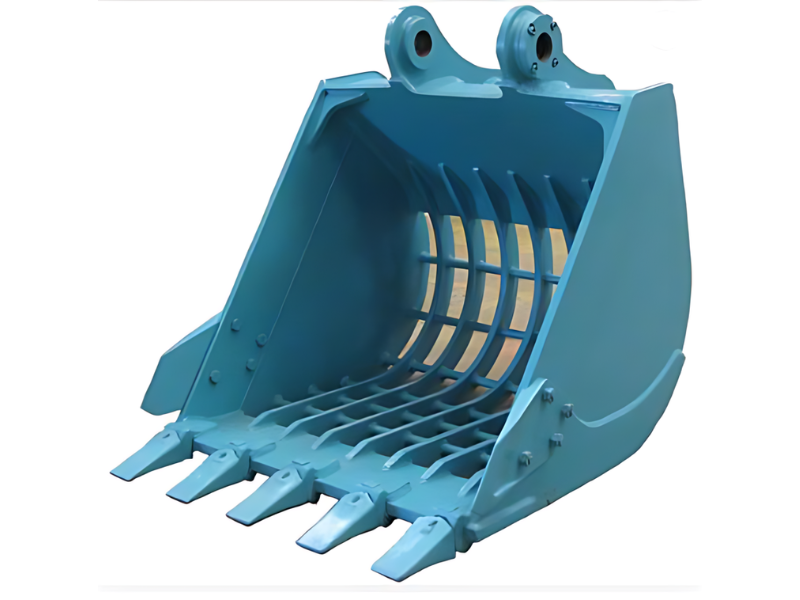
When it comes to demolition projects, handling debris efficiently can make the difference between a profitable job and one that drags on with extra labor costs. That’s where a Skeleton Bucket comes into play. Specifically designed for separating materials during excavation and demolition, this attachment allows contractors to save time, reduce waste, and maximize recycling efforts.
In this article, we’ll explore how skeleton buckets work, why they’re essential for sorting demolition debris, and the benefits they bring to construction and demolition contractors.
A Skeleton Bucket is a specialized excavator or loader attachment featuring a grid or ribbed design instead of a solid bucket surface. The spacing between the tines or ribs allows smaller particles, like dirt, sand, or fine rubble, to fall through, while larger, more valuable or reusable materials are retained.
Unlike standard buckets that scoop and carry everything indiscriminately, skeleton buckets are engineered for separation. They are commonly used in industries like demolition, landscaping, recycling, and quarrying to sift and sort materials directly on-site.
Demolition generates a wide range of debris — concrete chunks, bricks, rebar, asphalt, wood, and soil. Sorting these materials manually or with basic equipment can be time-consuming and costly. A skeleton bucket speeds up the process by allowing operators to separate and organize materials as they dig or scoop.
Here’s how it works in practice:
Excavating Concrete and Rubble
When tearing down structures, a skeleton bucket can lift broken concrete while letting dust and smaller particles fall away. This makes it easier to gather clean concrete chunks for recycling.
Separating Soil from Debris
Demolition often leaves a mix of soil and construction waste. The bucket’s ribbed design enables soil and sand to sift through while retaining bricks, wood, or metal.
Organizing Recyclable Materials
Materials like asphalt and concrete can be directed to recycling piles, while metals can be separated for scrap. This reduces landfill waste and increases revenue from recycled goods.
Clearing Sites Faster
Instead of hauling unsorted debris to a secondary location for screening, the skeleton bucket allows separation at the source, minimizing the number of trips and hours spent.
By integrating sorting into the excavation process, contractors eliminate extra handling steps. This streamlines site cleanup and boosts productivity.
Sorting debris on-site reduces transportation costs, labor expenses, and landfill fees. Recyclable materials can also be sold, creating additional revenue streams.
Environmental responsibility is becoming increasingly important in construction. Using a Skeleton Bucket encourages recycling, reduces waste sent to landfills, and supports sustainable building practices.
Skeleton buckets aren’t limited to demolition. They can also be used for landscaping (separating rocks from soil), quarrying, and agricultural applications. Investing in one makes equipment fleets more versatile.
Designed with high-strength steel and reinforced ribs, skeleton buckets can withstand the demands of heavy demolition projects while maintaining performance.
Not all skeleton buckets are created equal. When selecting one for demolition debris sorting, consider:
Bucket Width & Capacity – Match the size to your machine and the scale of your project.
Spacing Between Ribs – Wider gaps allow faster sifting of soil but may miss smaller debris. Narrower gaps are ideal for finer sorting.
Material Strength – Look for high-quality, wear-resistant steel to handle abrasive materials.
Compatibility – Ensure the bucket fits your excavator or loader without requiring extensive modifications.
In today’s demolition industry, efficiency and sustainability go hand-in-hand. A Skeleton Bucket provides a practical solution for sorting debris, saving contractors time and money while promoting eco-friendly practices. By integrating this specialized attachment into your fleet, you can tackle demolition projects with greater speed, precision, and profitability.
Whether you’re separating concrete from soil, salvaging bricks, or preparing recyclable materials, a skeleton bucket proves to be more than just an accessory — it’s a game-changer for modern demolition work.
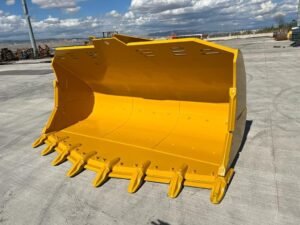
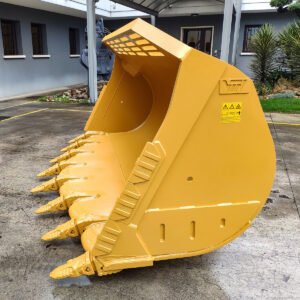
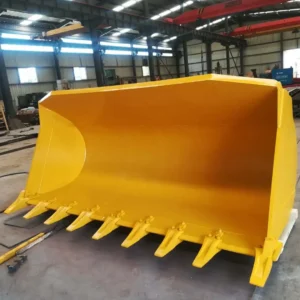
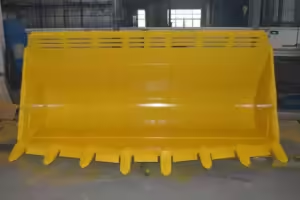
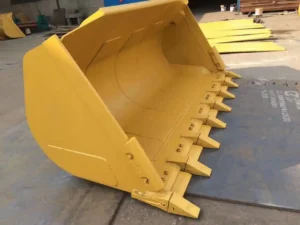
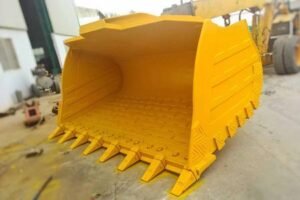
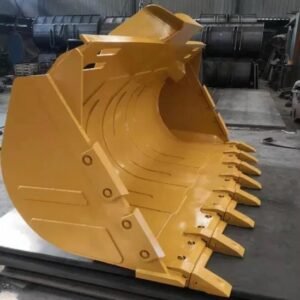
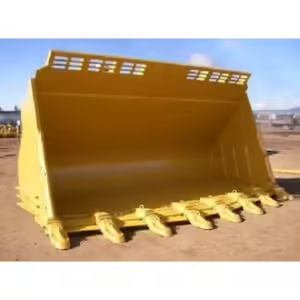
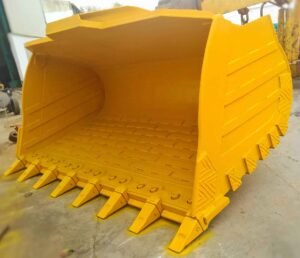
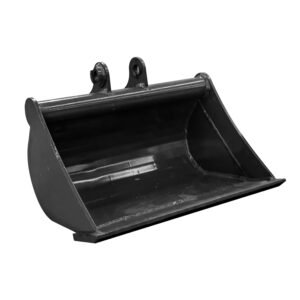
TEAM. All Rights Reserved. Developed by Pixel Tech.